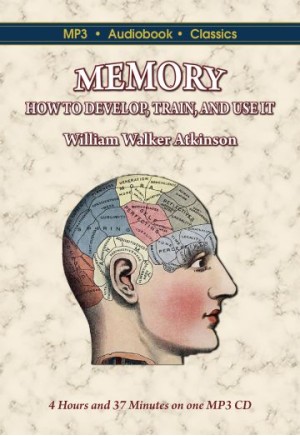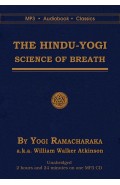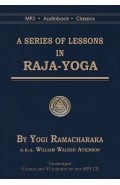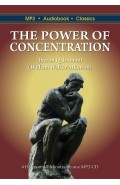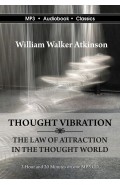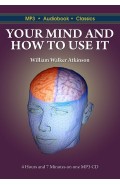| Track | Section | Length |
| 01 | 01 - Memory: Its Importance | 14:03 |
| 02 | 02 - Cultivation of the Memory | 13:48 |
| 03 | 03 - Celebrated Cases of Memory | 13:43 |
| 04 | 04 - Memory Systems | 14:40 |
| 05 | 05 - The Subconscious Record-File | 13:25 |
| 06 | 06 - Attention | 16:09 |
| 07 | 07 - Association | 15:13 |
| 08 | 08 - Phases of Memory | 12:04 |
| 09 | 09 - Training the Eye | 15:36 |
| 10 | 10 - Training the Ear | 13:28 |
| 11 | 11 - How To Remember Names | 13:37 |
| 12 | 12 - How To Remember Faces | 13:02 |
| 13 | 13 - How To Remember Places | 14:16 |
| 14 | 14 - How To Remember Numbers | 18:16 |
| 15 | 15 - How To Remember Music | 11:11 |
| 16 | 16 - How To Remember Occurrences | 11:10 |
| 17 | 17 - How To Remember Facts | 13:50 |
| 18 | 18 - How To Remember Words etc. | 11:00 |
| 19 | 19 - How To Remember Books Plays Tales etc. | 15:12 |
| 20 | 20 - General Instructions | 13:16 |
Production
Book Coordinator: Roger Melin
Meta Coordinator: Sarah Jennings
Proof Listener: Laura Victoria
Artwork
Cover: Vintage illustration of regions of the brain
Inset: Title page of first edition of Memory
Inset: Photo of William Walker Atkinson
Insert: Handwritten memory map
When we think of memory we often think of it as an innate mental ability – either you have a good memory or you don’t. The increasing public awareness of the effects of Alzheimer ’s disease has given us an appreciation of the devastating consequences of memory loss and the absurd and bizarre behavior that can result. As Emerson wrote: “Memory is a primary and fundamental faculty, without which none other can work: the cement, the bitumen, the matrix in which the other faculties are embedded. Without it all life and thought were an unrelated succession.” We increasingly realize that memory has a vital physical dimension, that it is dynamic, and that the cultivation of memory is “the cultivation and development of our entire mental being - the development of our selves.” Memory: How to Develop, Train, and Use It (1919) is a comprehensive and integrated system to develop and train the mind to improve not only recollection but the entire thought process and consciousness. It does so with clear explanations of the nature and process of memory accompanied by techniques and exercises designed to help condition it. It is one of the first of its kind and has helped many thousands for the nearly 100 years the book has been in print.
Play sample:
Download a PDF datasheet
| Item Info | |
| EAN - DVD case | 0701236969696 |
| EAN - CD jacket | 0686175923667 |
| Media | MP3 CD |
| Package | DVD Case |
| Author | William Walker Atkinson (1862 - 1932) |
| Year | 1919 |
| Recording | |
| Read by | Roger Melin |
| Length | 4 hours 37 minutes |
| Type of Reading | Solo |
Memory: How to Develop, Train and Use It
- Author: William Walker Atkinson
- Product Code: DB-1249
- Availability: In Stock
-
$9.99
Available Options
Related Products
The Hindu-Yogi Science of Breath
The Hindu-Yogi Science of Breath was published in 1903 by William Walker Atkinson under the pseudony..
$9.99
A Series Of Lessons in Raja Yoga
A Series of Lessons in Raja Yoga is an in-depth yet practical guide to the concepts and practices us..
$9.99
The Power of Concentration
You hear it all the time: we live in a fast-paced, omni-connected, always-on world fueled by social ..
$9.99
Thought Vibration: The Law of Attraction in the Thought World
Thought Vibration, or The Law of Attraction in the Thought World (1908) is a collection of lessons t..
$9.99
Your Mind and How to Use It
The first chapter of Your Mind and How to Use It (1911) includes a succinct definition of the mind t..
$9.99
Tags: Charles Dickens, A Christmas Carol, Scrooge, Marley

